What Makes Uganda Attractive
Uganda is known as the pearl of Africa for a reason. It is probably Africa’s best-kept secret, offering a fantastic variety of experiences and landscapes while maintaining its serene beauty. A country truly gifted by nature, Uganda supports a diversity of habitats, from snow-capped mountains to lakes, winding rivers, forested reserves and jungles.
Uganda is a thriving destination with various opportunities for the more adventurous traveller. It forms an East African Community with Kenya and Tanzania, with Tanzania located pretty much in the heart of the continent and bordering the Democratic Republic of Congo to the west, Rwanda to the south, and Sudan to the north.
Home to half of the world’s remaining mountain gorillas, Uganda offers trekking expeditions through local villages and canopies of rainforests. Here you can get the rare opportunity to see a family of gorillas nesting among the bamboo. And as if that’s not enough of an adventure, you can also stand at the foot of the continent’s tallest mountain range and see the source of the White Nile.
But Uganda is not only about meeting majestic gorillas and chimpanzees. You can also enjoy a traditional East African safari in one of the game parks dotted around the country. The Queen Elizabeth National Park is famous for its unique tree-climbing lions that rest in the giant fig tree branches.
Some Important Links For Your Uganda Safari
Seamless Travel
- Always book early
- Pack appropriately
- Secure visas
- Get neccesary vaccinations
- Follow guide instructions
Package Advantages
- Convenience
- Expert Planning
- Cost savings
- Safety
- Local insights
- Unforgettable Wwildlife encounters
Private Guide Tours
- Personalized attention
- Flexible schedules
- Deeper cultural insights
- enriched experience
Joy To Your Journey
- Breathtaking landscapes
- Thrilling wildlife sightings
- Rich cultures
- Soul stirring adventures
All Uganda Packages
When to Visit
The best time to visit Uganda is between its two dry seasons :December to February and between June and August. These times are the best for trekking to see mountain gorillas and chimpanzees. Game viewing in Uganda’s savannah parks is best at the end of the dry seasons – February and March and September/early October – when wildlife is concentrated around water sources.
Get the perfect sighting for the endangered Mountaina Gorilla: January-February

The beginning of the rainy seasons brings with it abundant wildlife: March-May

This period is peak for all wildlife activities in uganda: June-August
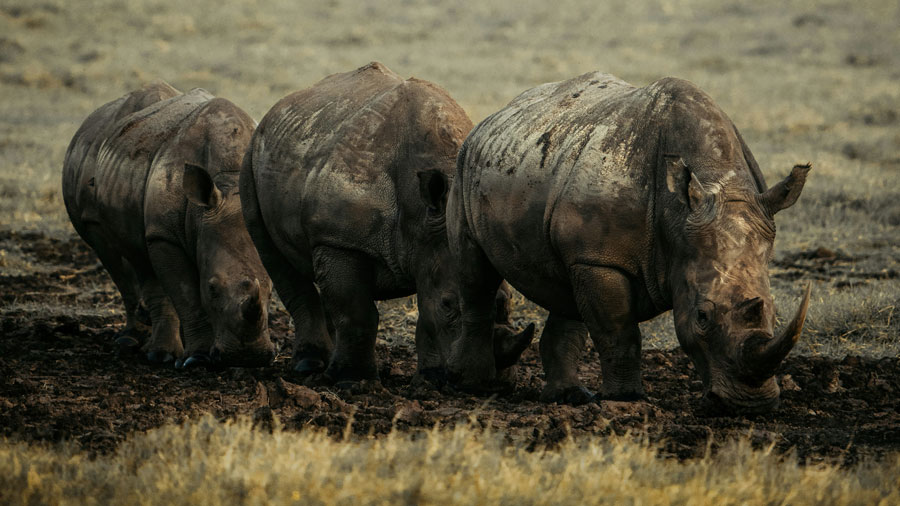
The best in class forest luxury accommodation: September - December

Major Attractions
Uganda could be considered a rather unknown destination for most travellers seeking beautiful places to experience in Africa, given its small size and landlocked position. Although there is no surrounding ocean, 25% of Uganda comprises lakes and rivers, and it certainly packs in many more wonderful places of interest that make those who visit Uganda yearn to come back for more.
Of the top Uganda destinations, the mountainous, forested Bwindi National Park is right up there as one of the best places to visit in Uganda for gorilla treks. But the Uganda tourist attractions don't stop there, as the country is also home to large savannah reserves, lowland rainforests and enchanting lakes which – in combination – make for one of the biggest wildlife experiences in Africa.
Bwindi National Park
Don’t be put off by its intimidating name: Bwindi is, in fact, penetrable and considered one of the best places in Uganda for an unforgettable gorilla trekking experience.
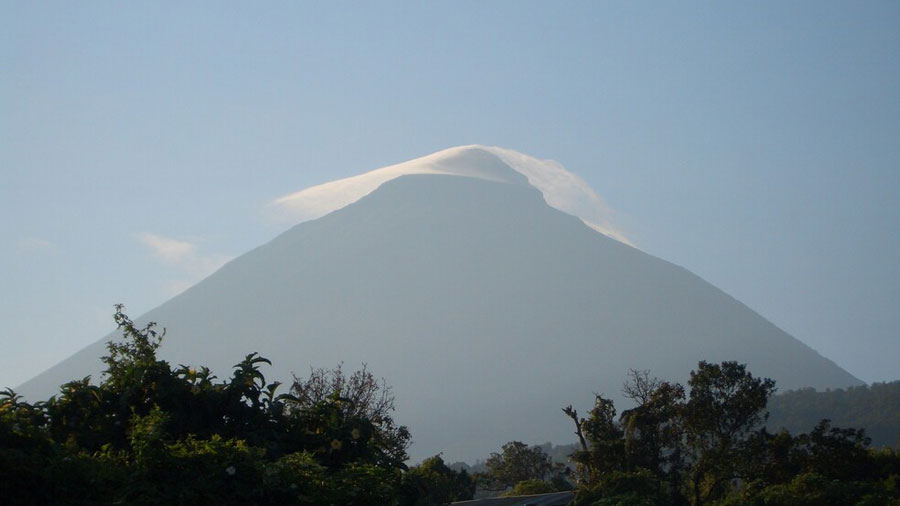
Queen Elizabeth National Park
Take a boat cruise on the Kazinga Channel to spot hippo and crocodile and don’t forget your binoculars: with a staggering 600 recorded bird species, Queen Elizabeth NP is one of the world’s premier bird-watching destinations.
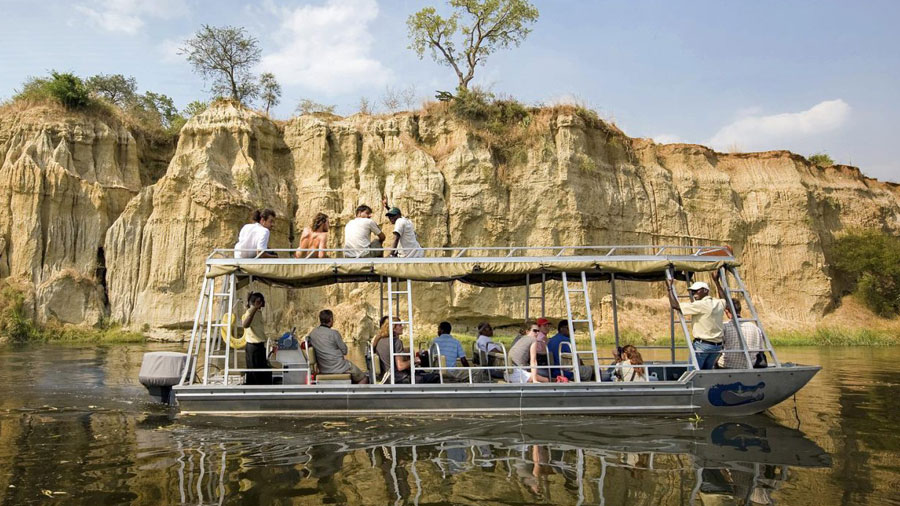
Kibale Forest National Park
Rapidly becoming one of the must-visit places in Uganda, Kibale Forest offers visitors an accessible and enlightening insight into life in a tropical rainforest. Large mammals aren’t so easily seen but the clouds of dazzling butterflies and gorgeous forest birds more than make up for it, with Kibale in fact being most famous for its primates.
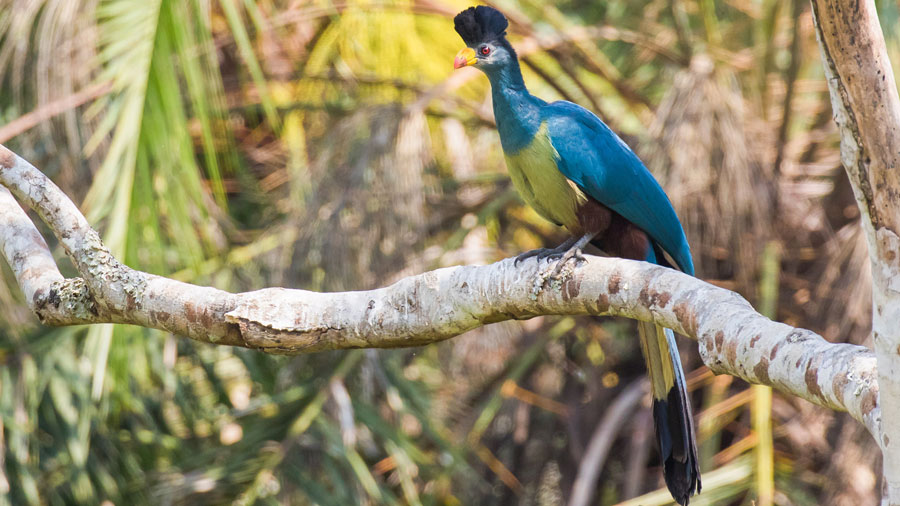
Murchison Falls National Park
With the Nile River neatly bisecting Uganda’s largest park, you’d expect a wide range of animals at Murchison Falls and you’d be right.
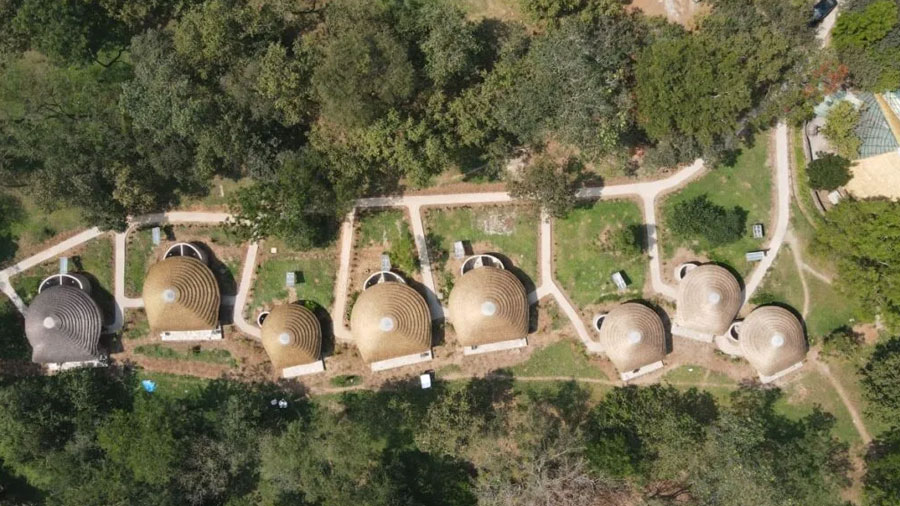
Lake Mburo National Park
Halfway between Uganda’s capital and entry point Kampala and the gorilla trekking forests of the south-west lies Lake Mburo, a perfect overnight stop-over for travellers making their way between the two destinations.
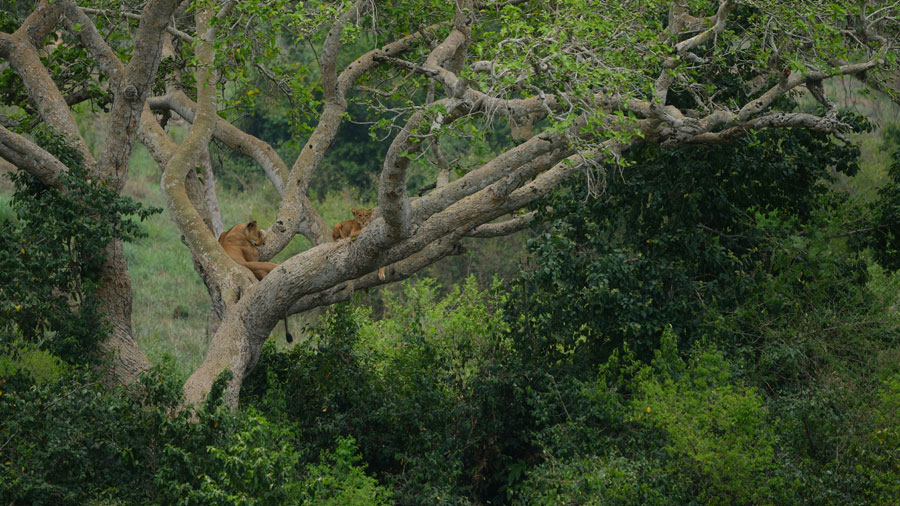
All Tours & Safaris
The wildlife in Uganda is immense and diverse, affording visitors unique experiences that can be found in few other places in the world. Murchison Falls and Queen Elizabeth National Park in Uganda are the country's premier wildlife destinations, offering classic big game viewing, chimpanzee trekking and river cruises, as well as a chance at seeing the famous tree-climbing lions. While Kibale Forest National Park provides accessible and enlightening insight into life in a tropical rainforest when on guided chimpanzee treks. And we can't forget the wonders that lie in Uganda's rainforests. Bwindi Impenetrable Forest National Park and Mgahinga National Park protect more than half of the world's total population of mountain gorillas – making them two of the best locations to enjoy a life-changing gorilla trek.
Where To Stay
Most famous for the mountain gorillas of Bwindi Impenetrable Forest as well as safari destinations like Kibale, Murchison Falls and Queen Elizabeth National Parks, Uganda’s accommodation is concentrated around the wildlife hotspots in the south and west of the country. Generally smaller, more intimate and not as luxuriously opulent as their Kenyan or Tanzanian equivalents, lodges and camps in Uganda nevertheless deliver friendly service, plenty of comfort and good food.
Wildlife Safari Destinations
Kibale Forest National Park

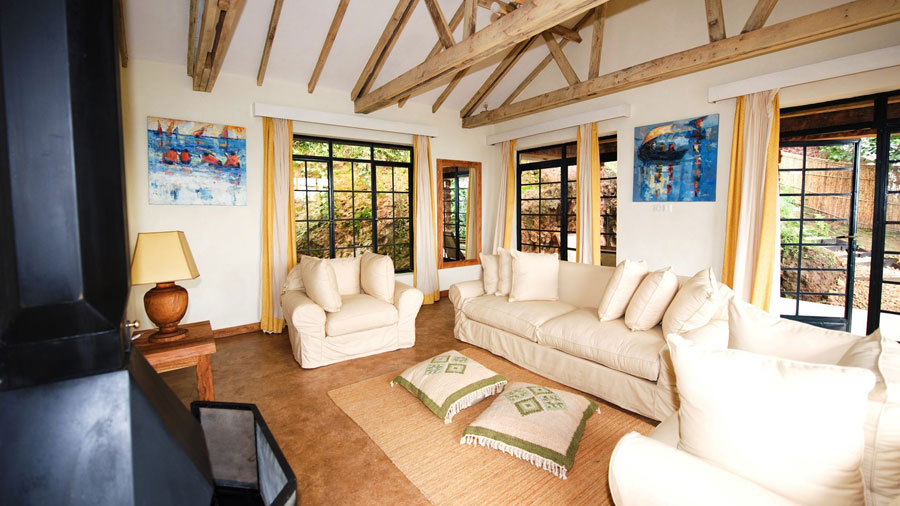
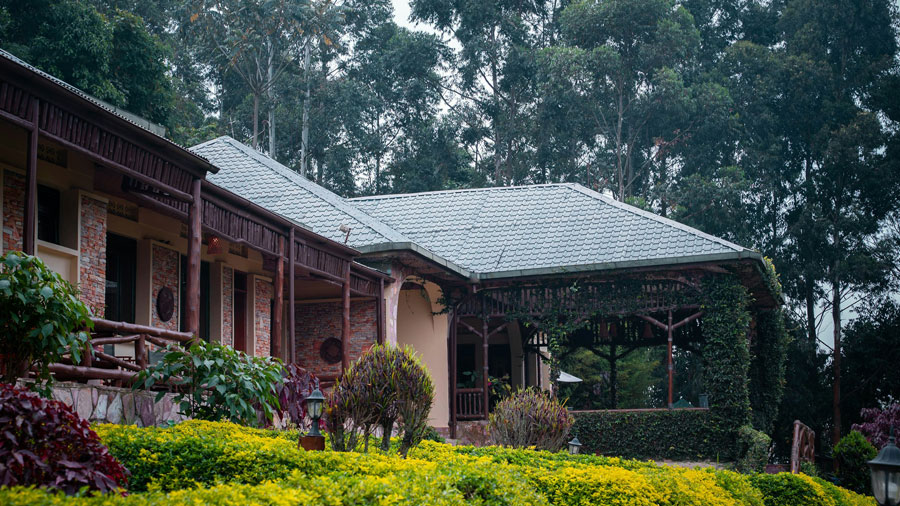
Bwindi National Park
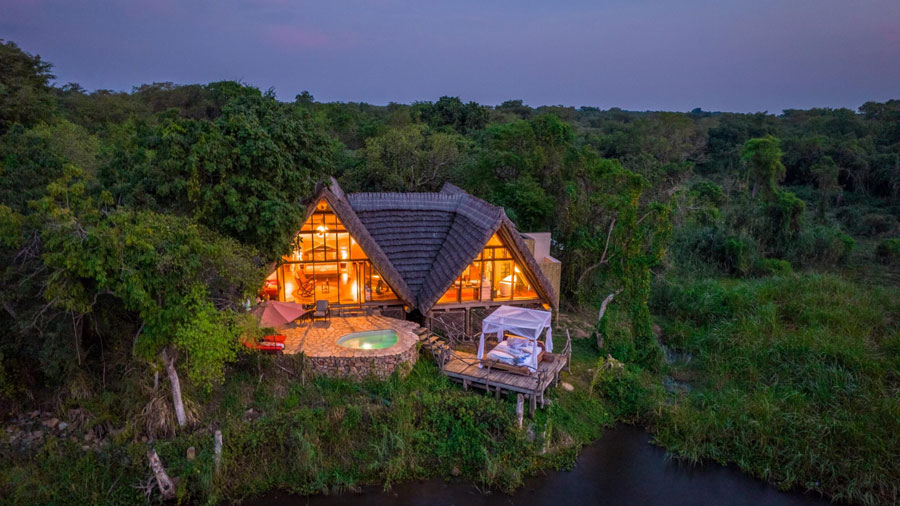
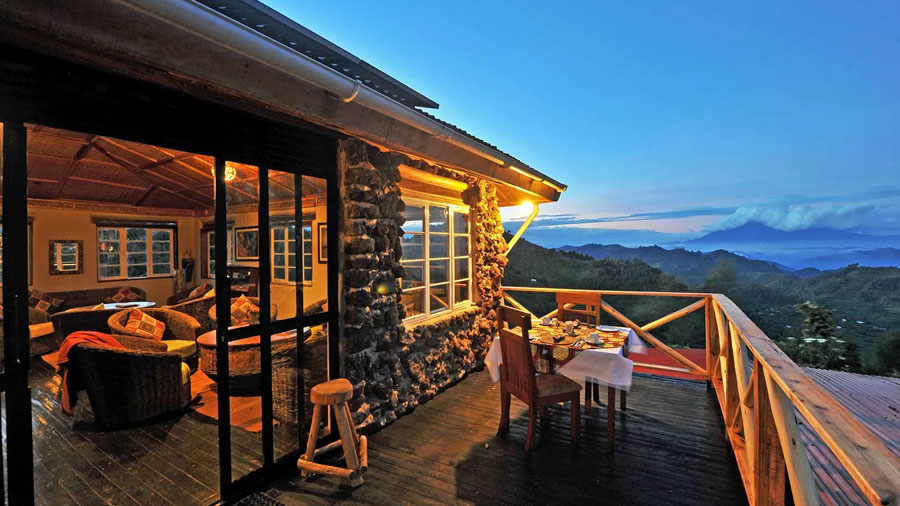
Queen Elizabeth National Park
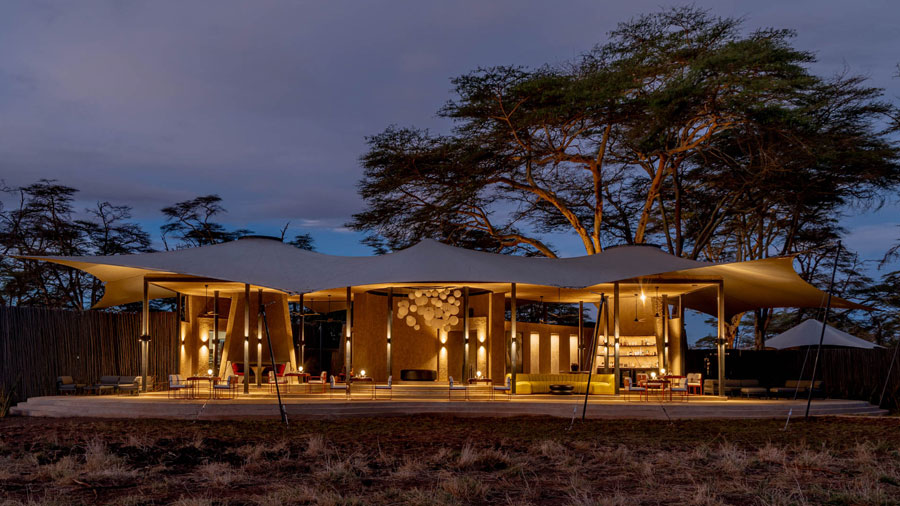
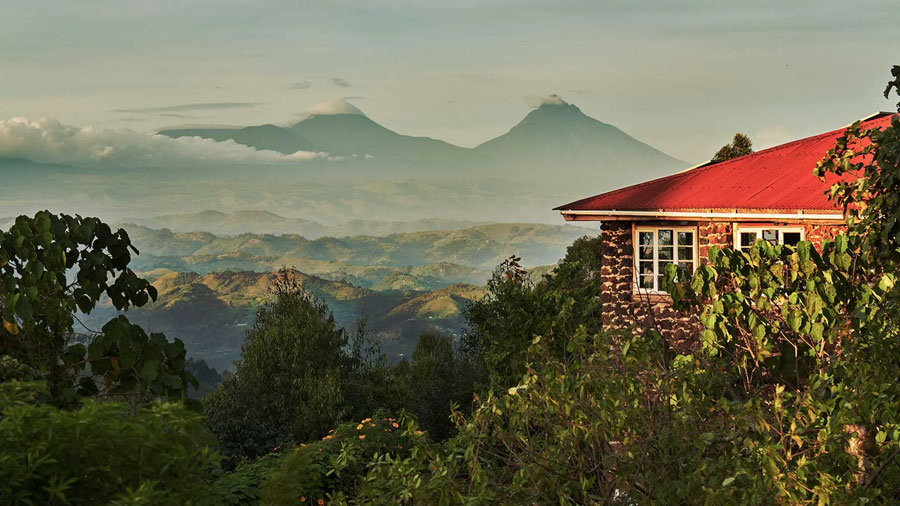
Murchison Falls National Park

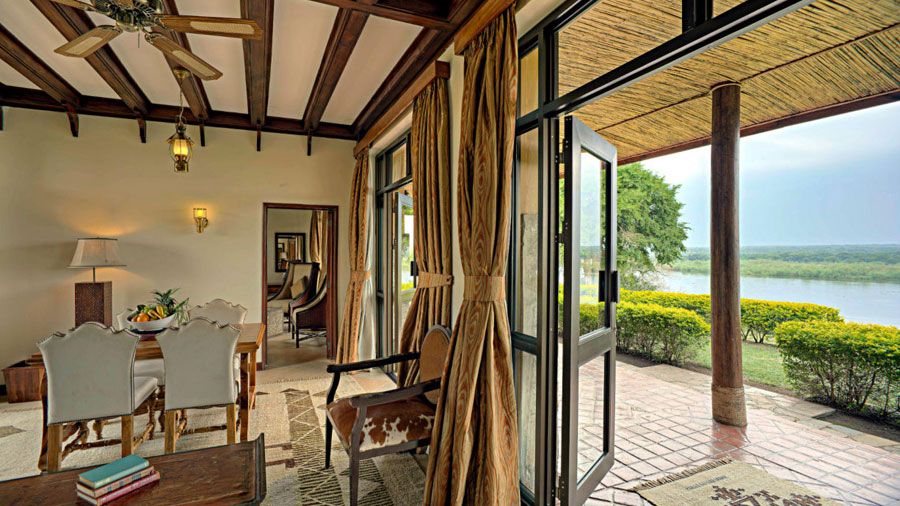
How much does it cost
Affectionately known as ‘The Pearl of Africa', Uganda is a veritable paradise combining the best of lush vegetation, wonderful wildlife, and vibrant colours. Lauded for its gorilla trekking, a safari in Uganda combines the best of an unforgettable African safari and a chance to walk amongst forest giants and other primates. The best time to visit Uganda for trekking is March to May and September to December, a good thing to keep in mind when planning.
Fortunately, 20% of Uganda's land has been dedicated to wildlife reserves, ensuring it remains largely untouched. It's also home to some premier wildlife destinations, including Queen Elizabeth National Park and Murchison Falls. Discover the country's exceptional rainforests on gorilla treks through Bwindi Impenetrable Forest and chimpanzees in Kibale Forest. There's also a chance to see golden monkeys while exploring the Virunga Mountains.
Diffrent Safari Packages
As a fairly compact country, the best places to visit in Uganda are not too difficult to reach, nor take too long to get to. From the main city and capital, Kampala, the international airport is just a 35km drive. Fortunately, a few of its top attractions combine easily due to their proximity, such as Queen Elizabeth National Park and Bwindi Forest. There are a few options for your Ugandan safari, we break down a few below:
Fly-in Safaris & Transfers: Many of Uganda's top destinations are accessible by fly-in charters. However, these are typically quite expensive, which is why most opt for road transfers via mini bus or 4×4 vehicles. Due to road conditions, 4×4 transport is often the preferred method.
Gorilla Trekking: Bwindi Impenetrable Forest is undoubtedly the best place in Uganda for gorilla trekking and provides travellers with unforgettable experiences each year. Naturalist guides and trackers lead the way through the forest for the chance to observe gorillas and other primates in their natural habitat. Time of year, group size, and a few other factors can impact the cost of a trek.
Classic Safaris: A Ugandan safari is a quintessential experience, venture into Murchison Falls and Queen Elizabeth National Parks for big game viewing and great bird sightings. In addition to game drives, boat cruises are fantastic for a different perspective – though these are typically an additional cost.
What Is The Cost Of A Ugandan Safari?
A Uganda safari typically ranges from $700 to $1,800 per person per night based on double occupancy, depending on the level of luxury, season, and whether it includes fly-in transfers or gorilla trekking permits. Entry-level options start around $700, while mid-range safaris cost between $1,000 and $1,050. Luxury and 5-star safaris can reach up to $1,800 per night. Accommodation is generally more modest than in Kenya or Tanzania but still offers excellent comfort and access to top wildlife areas like Bwindi Forest and Queen Elizabeth National Park.
The Cost Of A Uganda Safari
| Mid-range Fly-in | Luxury Fly-in | Entry-level Self-drive | 5 Star Options | ||||
| Low | High | Low | High | Low | High | Low | High |
| $1,000 | $1,050 | $1,400 | $1,700 | $700 | $1,050 | $1,500 | $1,800 |
| Pps* | Pps* | Pps* | Pps* | ||||
Pricing Of Accommodation In Uganda
| 4 Star Comfort | 4 Star Luxury | 5 Star Luxury | |||
| Low | High | Low | High | Low | High |
| $280 | $330 | $800 | $1,300 | $1,000 | $1,700 |
| Pps* | Pps* | Pps* | |||
* Please note: all the costs are guidelines only and an average for per person, per night, sharing a room in High and Low Season. They exclude international flights, visas and optional activities. Note that conservation fees, levies and permits are all subject to change. Peak or High Season generally runs over Christmas and New Year, and from about July to October.
Low-Hi Season Cost Of A Uganda Safari
The cost of a Uganda safari varies with the seasons, which are closely tied to rainfall patterns. Peak season falls during the dry months of December to February and June to August, when trekking conditions are ideal and wildlife is easier to spot—especially around water sources at the end of each dry period. These months typically come with higher prices due to increased demand. The shoulder and low seasons, particularly March to May and September to November, are more cost-effective, offering reduced rates and fewer crowds. However, these wetter months can make gorilla trekking more challenging due to muddy trails and unpredictable weather.
Other Costs To Be Aware Of
It's important to note that ‘all-inclusive' may not be as comprehensive as you first expect. In Africa, and on safaris, that can mean a range of things and it's always worth clarifying what is not included. One of the first things to do is consult our blog on visa free African countries for US citizens as that may tick off one of the boxes regarding associated costs already. What possible additional costs could you come across? Have a look at our list below:
International flights getting to the country – as a rule of thumb, consider this excluded
Getting from place to place internal transfers may be included with some accommodations, however, some others may be at your own cost. Charter flights are popular in Kenya but road transfers are available to most destinations.
Vaccinations certain destinations require vaccinations prior to arrival. These are excluded and you will need to contact your healthcare professional to ensure the requirements are met. Kenya has a requirement of yellow fever for travellers arriving from countries with a risk of yellow fever transmission.
Tippingis always optional but highly recommended. It's always worth carrying cash during your travels as it's the easiest way to go about this. Consult our tipping guide for more information.Personal and travel insurance
Additional activitiesanything over and above the included activity offerings at an accommodation, which typically extends to hot air balloon safaris and helicopter flips or sometimes even cultural excursions.
The exchange rateinternational card payments will likely incur a small fee for paying in a different currency. Uganda's national currency is the Ugandan Shilling but other currencies, such as the US dollar, is also sometimes accepted. While cards are commonplace, it's best to carry cash for local curio shops and activities.
Should you wish to plan your next great adventure with the help and guidance of one of our Africa Safari Experts, they will be able to advise you on all of the above and ensure each of your transfers is organised ahead of time and occurs as seamlessly as possible – just remember, in travelling, anything can happen and sometimes delays are unavoidable.





